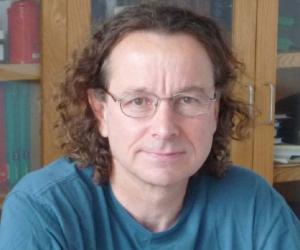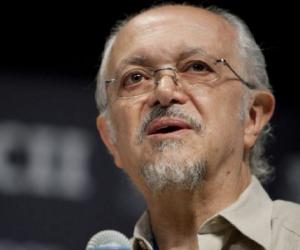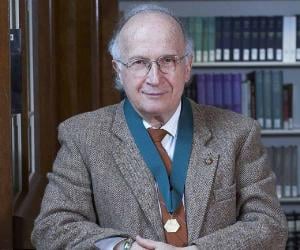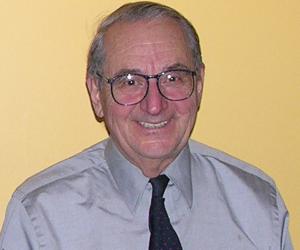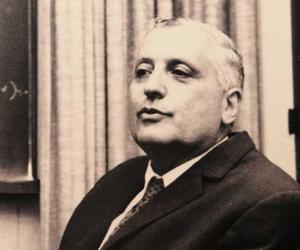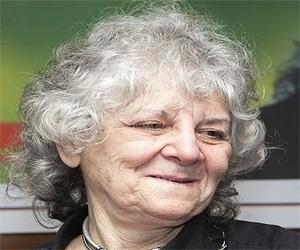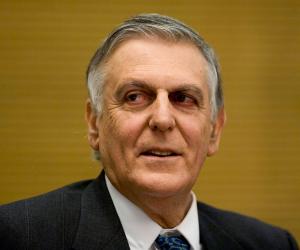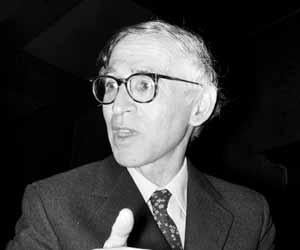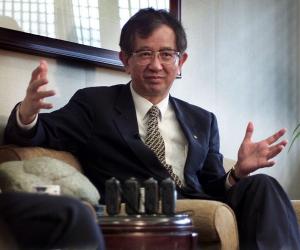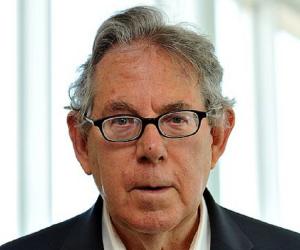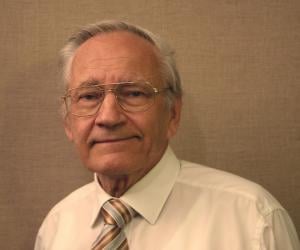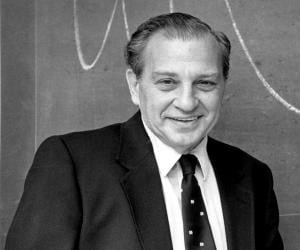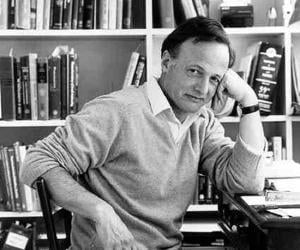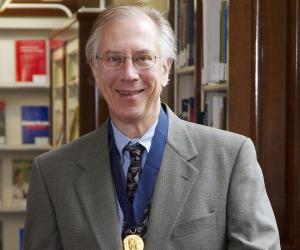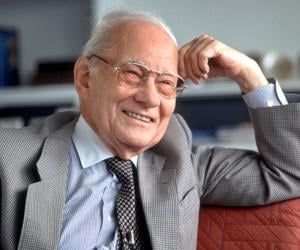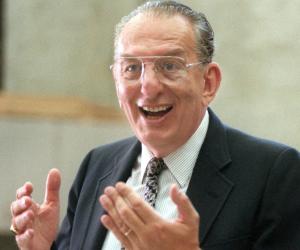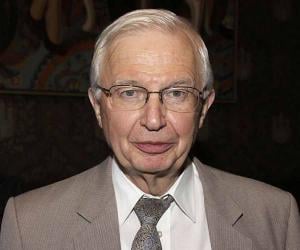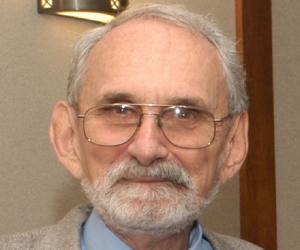Mario J. Molina was a Mexican chemist who played a key role in understanding and explaining the threat from chlorofluorocarbon (CFC) gases to the Earth's ozone layer, which earned him the prestigious Nobel Prize in Chemistry in 1995. Molina was the third Mexican-born Nobel laureate and the first Mexican-born person to win a Nobel Prize in Chemistry.
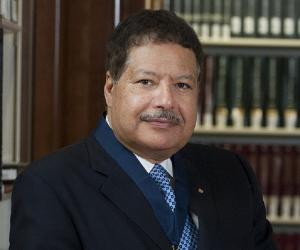
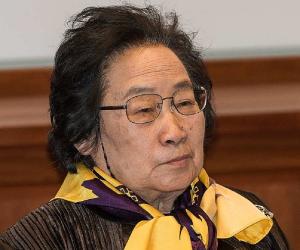
Chinese phytochemist and malariologist Tu Youyou is best remembered for her Nobel Prize-winning discovery of the anti-malarial drug qinghaosu, or artemisinin. She is the first Chinese female Nobel laureate. A tuberculosis infection in her younger days had inspired her to step into medicine. She later studied traditional Chinese medicine, too.

Renowned James Lovelock is best known for propagating the Gaia hypothesis, which states that every living being on planet Earth is part of a single self-regulating superorganism. He is also known for his long association with NIMR, London, and Harvard University and has over 50 patents under his name.
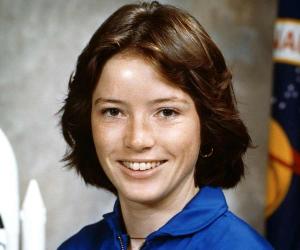
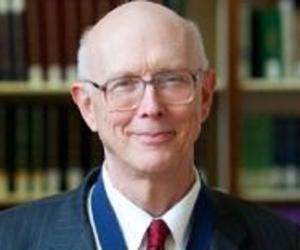
Ilya Prigogine was a physical chemist remembered for his work on irreversibility, complex systems, and dissipative structures. A respected member of several scientific organizations, Prigogine was honored with the Francqui Prize in 1955. In 1976, he won the Rumford Medal for his work concerning irreversible thermodynamics. His work on irreversible thermodynamics earned him the Nobel Prize in Chemistry in 1977.
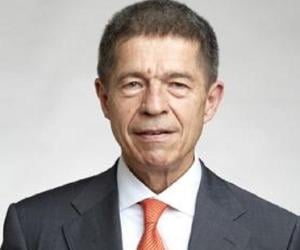
Joachim Sauer is a German professor emeritus of theoretical and physical chemistry at the prestigious Humboldt University of Berlin. Sauer is an active research scientist in computational and quantum chemistry. His work has helped understand the structures and activities of catalysts like zeolites. Joachim Sauer has won several prestigious awards such as the Schrödinger Medal and Liebig Medal.
A pioneer of psychedelic drug synthesis, Alexander Shulgin came to be known as The Godfather of Ecstasy, for reinventing the drug MDMA, or ecstasy, for medical use. The Harvard drop-out, who later studied psychiatry and pharmacology, would often experiment his newly invented drugs on himself, his wife, and his friends.

Michael Levitt is a biophysicist who has been serving as a Stanford University professor of structural biology since 1987. Along with Arieh Warshel and Martin Karplus, Levitt received the Nobel Prize in Chemistry in 2013. He has also received several other awards, including the DeLano Award for Computational Biosciences and was inducted into the National Academy of Sciences in 2002.
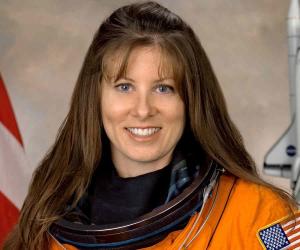
Ada Yonath is an Israeli crystallographer. She is best known for her work on the structure of the ribosome, for which she received the 2009 Nobel Prize in Chemistry along with Venkatraman Ramakrishnan and Thomas A. Steitz. The first Israeli woman to win the Nobel Prize, she occupies the Martin S. and Helen Kimmel Professorial Chair at the Weizmann Institute.
Dan Shechtman is a scientist currently serving as the Philip Tobias Professor of Materials Science at the Technion – Israel Institute of Technology. He is best known for his work in the field of quasiperiodic crystals. He received the Nobel Prize in Chemistry in 2011. He unsuccessfully ran for the post of president of Israel in 2014.
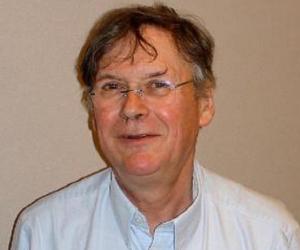
Nobel Prize-winning British biochemist Tim Hunt is best known for his research on cell cycle regulation. He was the first to isolate cyclin, while studying sea urchins. His work helped scientists working on cancer research. He has been knighted for his achievements and has also won the Royal Medal.

Mai Thi Nguyen-Kim is a German chemist, television presenter, science communicator, and YouTuber. A multi-talented personality, Nguyen-Kim has won many prestigious awards such as the Grimme Online Award, Georg von Holtzbrinck Prize for Science Journalism, Hanns Joachim Friedrichs Award, and Heinz Oberhummer Award for Science Communication.
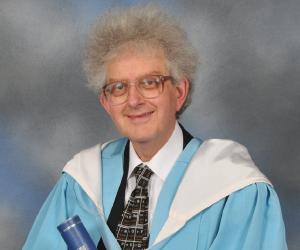
Chemist and University of Nottingham professor Martyn Poliakoff is also a YouTube sensation, popular for his channel Periodic Videos and the short video series The Periodic Table of Videos. A Fellow of The Royal Society, he has also been honored by the scientific communities of Ethiopia, Russia, and China.
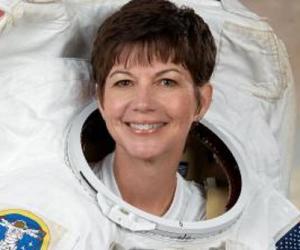
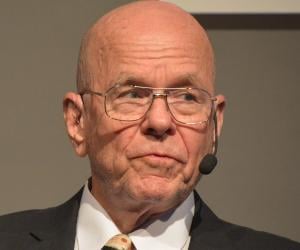
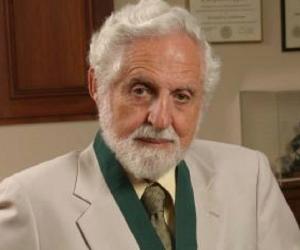
Known as the father of the pill, Carl Djerassi is best remembered for chemically synthesizing a steroid mimic of the hormone progesterone, which paved the way for the production of contraceptive pills. That apart, he made important contributions to the synthesis of antihistamines, pest control, mass spectrometry etc. Also a successful author, he wrote several non-fictions, novels, dramas and poems.
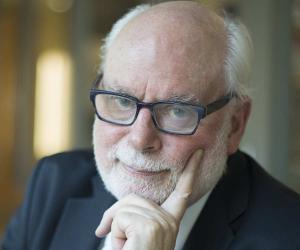
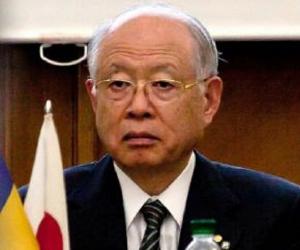
Ryoji Noyori is a Japanese chemist best known for winning the 2001 Nobel Prize in Chemistry along with William S. Knowles. They won the award for analyzing chirally catalyzed hydrogenations. Over the course of his career, Ryoji Noyori has also received other prestigious awards like the Asahi Prize, Japan Academy Prize, Lomonosov Gold Medal, and King Faisal International Prize.
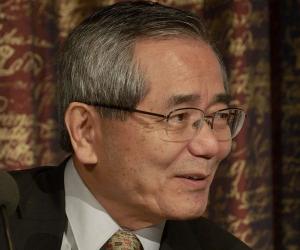
Japanese chemist Ei-ichi Negishi won the Nobel Prize in Chemistry for his pioneering research on using palladium as a catalyst in cross couplings in organic synthesis, now known as the Negishi coupling. He spent most of his teaching career at Purdue University and also taught at the Syracuse and Hokkaido universities.
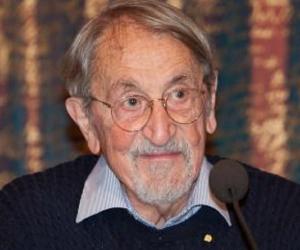
Nobel Prize-winning Austrian-American theoretical chemist Martin Karplus has been associated with Harvard University as a professor of chemistry. The Vienna-born scientist had escaped the Nazis to move to the US. Best known for developing multiscale models for complex chemical systems, he has also worked at Columbia University and the University of Strasbourg.

Nobel Prize-winning doctor Peter Agre revolutionized science with his work on the movement of water molecules inside the cell membrane. Born to a chemistry professor, he developed an interest in science early in his life. He was also associated with the medical schools at Johns Hopkins and Duke University.
Nobel Prize-winning Dutch atmospheric chemist Paul J. Crutzen had initially been a civil engineer and a computer programmer. He is remembered for his contribution to research on the ozone layer. In 2000, he used the term Anthropocene to describe the current era where human action has been changing the planet.

Brigitte Boisselier leads Clonaid, a company focused on human cloning research. She is also a leader of the quasi-religious Raëlism movement, which believes humans were created by aliens. Although she once announced that Clonaid had successfully cloned a human child, the legal questions surrounding it later silenced her.
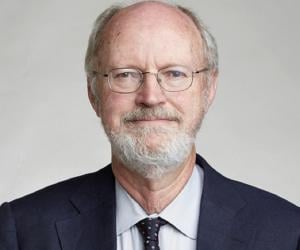
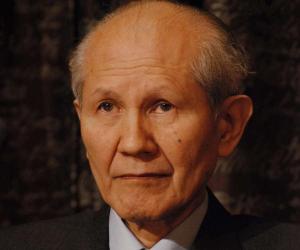
Nobel Prize-winning Japanese organic chemist and marine biologist Osamu Shimomura is remembered for discovering the green fluorescent protein, or GFP. He was also associated with Princeton University and the Marine Biological Laboratory as a researcher and faculty member. He was named to the US National Academy of Sciences, too.
Richard R. Ernst is a Swiss physical chemist whose work on Nuclear Magnetic Resonance spectroscopy earned him the Nobel Prize in Chemistry in 1991. Over the course of his career, Ernst has been honored with other awards, including the John Gamble Kirkwood Medal. In 2009, he became the subject of a documentary film titled Science Plus Dharma Equals Social Responsibility.
Rudolph A. Marcus redefined science with his Marcus theory, which explained electron transfer reactions and thus threw light on reactions such as photosynthesis. The Canadian-American chemist won a Nobel Prize for his work and also contributed to the transition-state theory. He now teaches at Singapore’s Nanyang Technological University.
John Charles Polanyi is a Hungarian-Canadian scientist, who won the Noble Prize in Chemistry for his contribution to the dynamics of chemical reaction. He developed a technique called infrared chemiluminescence, which helped him to study the exchange of chemical bonds and detail how the excess energy is removed during chemical reactions.
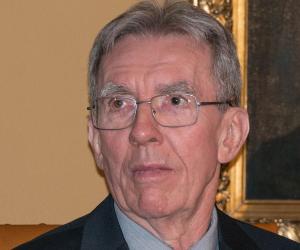
Nobel Prize-winning French chemist Jean-Pierre Sauvage is currently associated with Strasbourg University. He has gained recognition for his research on supramolecular and coordination chemistry, and for creating molecular chains, such as catenane, that mimic the mechanical functions by changing their nature in response to external cues.
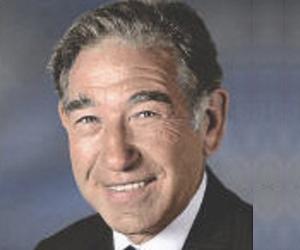
Nobel laureate Stanley Cohen was born to a Jewish immigrant tailor and initially worked as a bacteriologist. The American biochemist revolutionized science with his research on cellular growth factors, helping later scientists understand the development of cancer cells. He spent most of his career at the Washington and Vanderbilt universities.
Remembered for his research on rapid chemical reactions, Nobel Prize-winning German physicist Manfred Eigen was born to a musician father and was initially interested in the piano. Eigen was part of the German army during World War II and later escaped the Soviets to join the University of Göttingen.
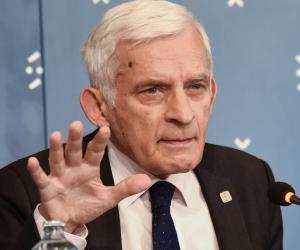
Jerzy Buzek is a Polish politician who served as the Prime Minister of Poland from 31 October 1997 to 19 October 2001. An influential politician, Buzek also served as the President of the European Parliament from 14 July 2009 to 17 January 2012. In 1998 and 2009, political weekly Wprost named Jerzy Buzek Person of the Year for his achievements.
Nobel Prize-winning Hungarian-American chemist George A. Olah, part of the scientists’ group The Martians, is best remembered for his pioneering research on carbocations. He moved to Canada during the revolution of 1956, after which he moved to Massachusetts and to Ohio in the U.S., eventually settling in Los Angeles.
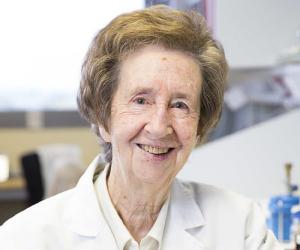
Margarita Salas was a Spanish scientist, author, and medical researcher. She is best remembered for her work in the fields of molecular genetics and biochemistry. In 2016, Margarita Salas became the first woman to be honored with the Echegaray medal. She was also the first woman from scientific background to become a member of the Royal Spanish Academy.
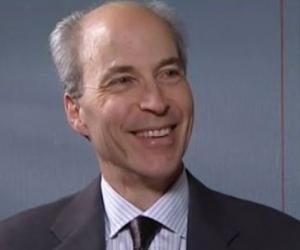
American chemist Roger D. Kornberg studied at Harvard and Stanford and later taught at both these institutes. His research focuses on transcription, or the process of the conversion of DNA into RNA. Both he and his father have won the Nobel Prize, becoming the sixth father-son duo to achieve the feat.
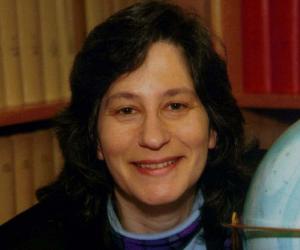
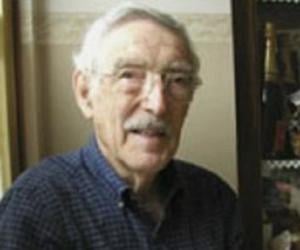
University of California, Berkeley professor, biochemist, and geneticist Bruce Ames is largely known for his invention of the Ames test, used to test the ability of chemicals to cause mutations, and his studies on cancer and ageing. The Cornell and Caltech alumnus has been associated with the NIAMD, too.
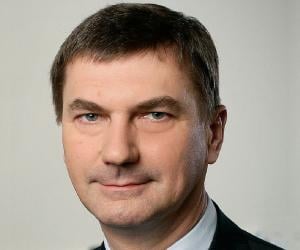
Andrus Ansip is an Estonian politician best known for his service as the 16th Prime Minister of Estonia from 12 April 2005 to 26 March 2014. Prior to his premiership, Ansip served as the Mayor of Tartu from 1998 to 2004. He then served as the Minister of Economic Affairs and Communications from 2004 to 2005.
French chemist Jean-Marie Lehn is noted for his work on synthesis of cryptands and his early innovation in supramolecular chemistry. Efforts of Lehn, Donald Cram and Charles Pedersen in discovering and determining applications of cryptands and crown ethers, which paved way for launch of the field of supramolecular chemistry, led them to receive the Nobel Prize for Chemistry in 1987.
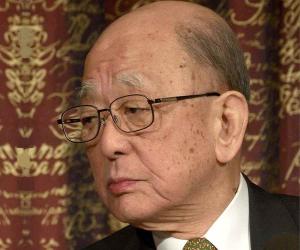
Akira Suzuki is a Japanese chemist best known for publishing the Suzuki reaction for the first time in 1979. In 2010, he was honored with the prestigious Nobel Prize for Chemistry along with Ei-ichi Negishi and Richard F. Heck. Akira Suzuki has also won other prominent awards, such as the Japan Academy Prize and Korean Chemical Society Award.
